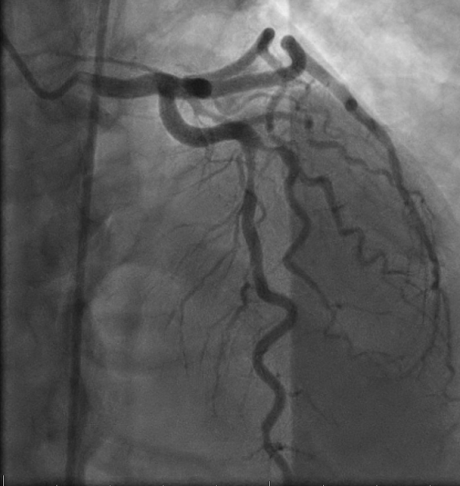
New Techniques of Recording and Interpretation of Dynamic Coronary Angiography
- Articles
- Submited: October 10, 2023
-
Published: October 20, 2023
Abstract
In the study of coronary artery disease (CAD), the mechanism of plaque formation and development was still the subject of continuing debate. The limitation of the current coronary angiogram (CAG) is that it can only show the static image of a narrowing on the arterial channel without identifying the mechanism of the disease or predicting its progression or regression. Therefore, the current recording of CAGs is reprogrammed by the present team of investigators. The new technique focuses on the identification of blood flow patterns and analysis of their normal or abnormal dynamics by adapting the same methodologies used by hydraulics engineers when moving fluid or gas through domestic or industrial pipes or pumps. This new technique of recording and interpretation of coronary angiography helps to identify different flow patterns in arteries and the application of the fluid dynamics principles to the coronary system. This new technique ushers in a new era of crucial insights and applications regarding the diagnosis, medical, surgical, and interventional management of atherosclerotic diseases.
